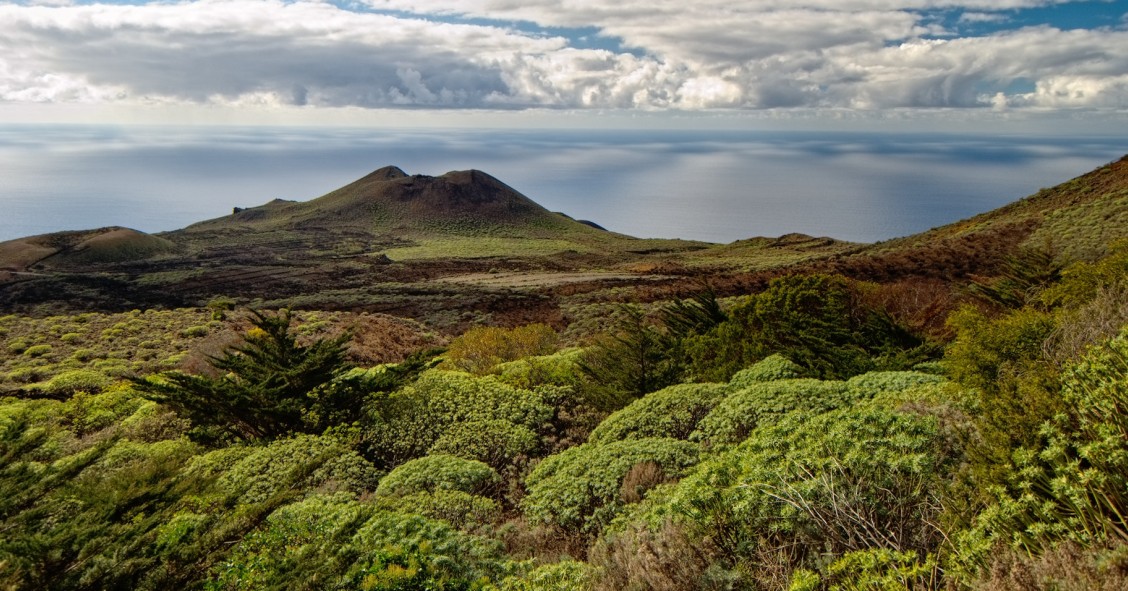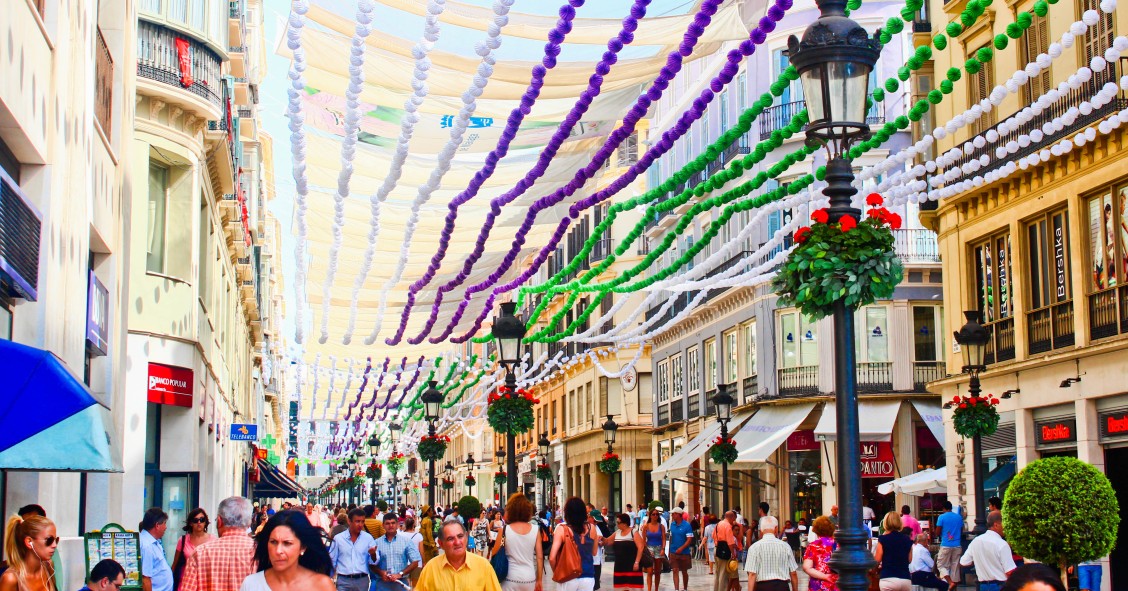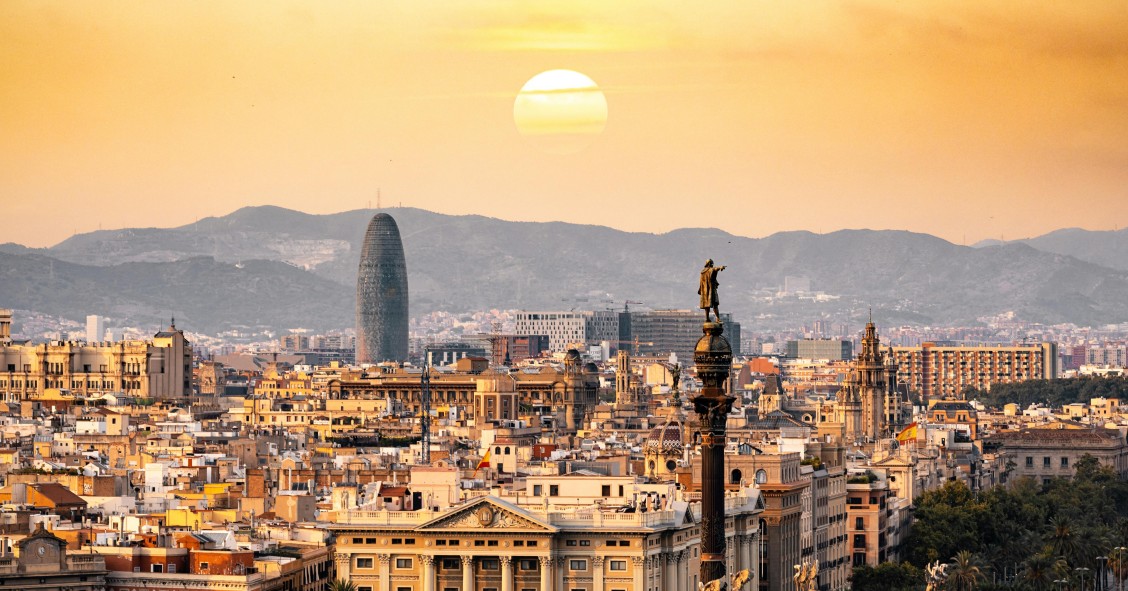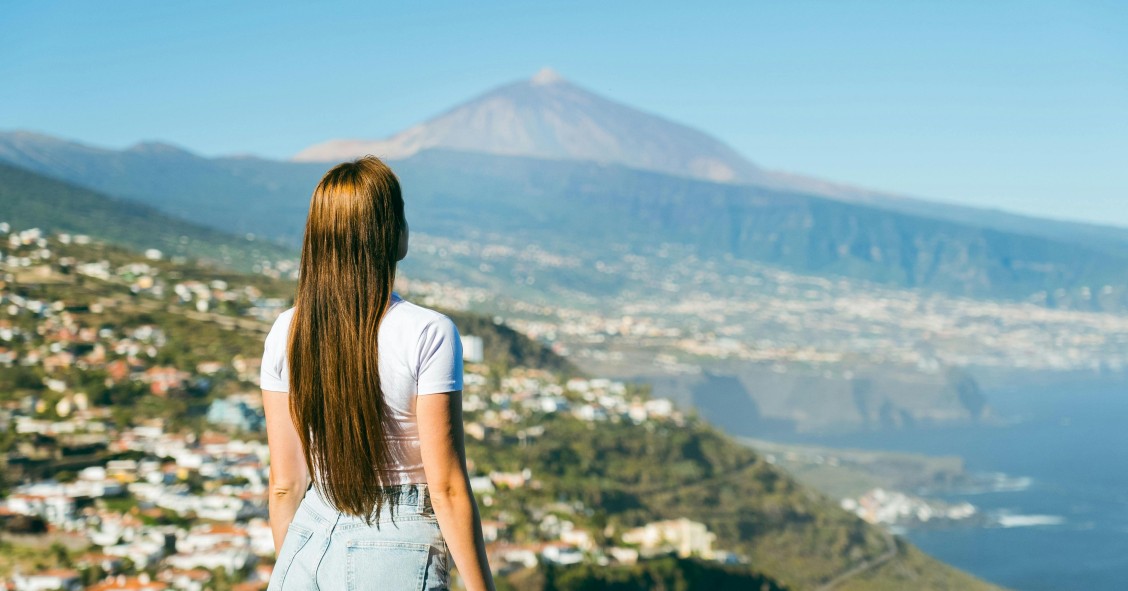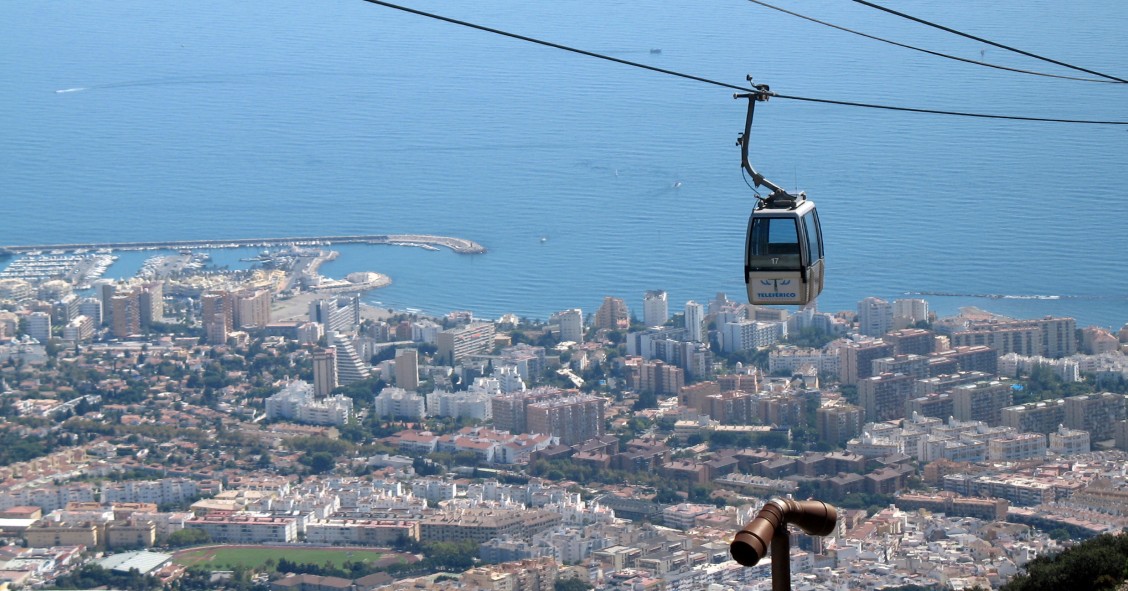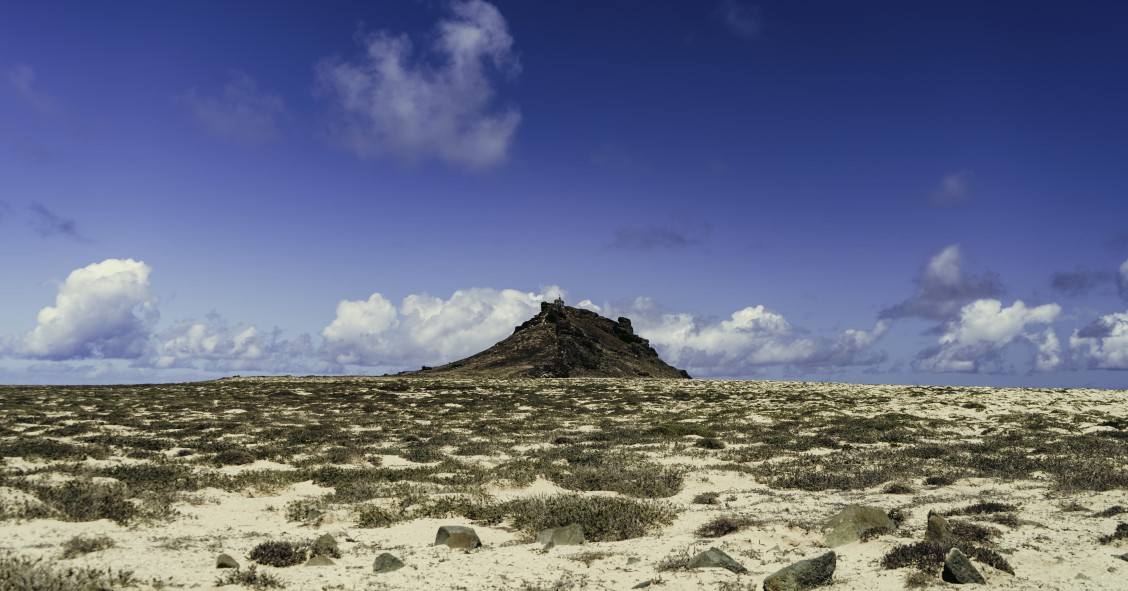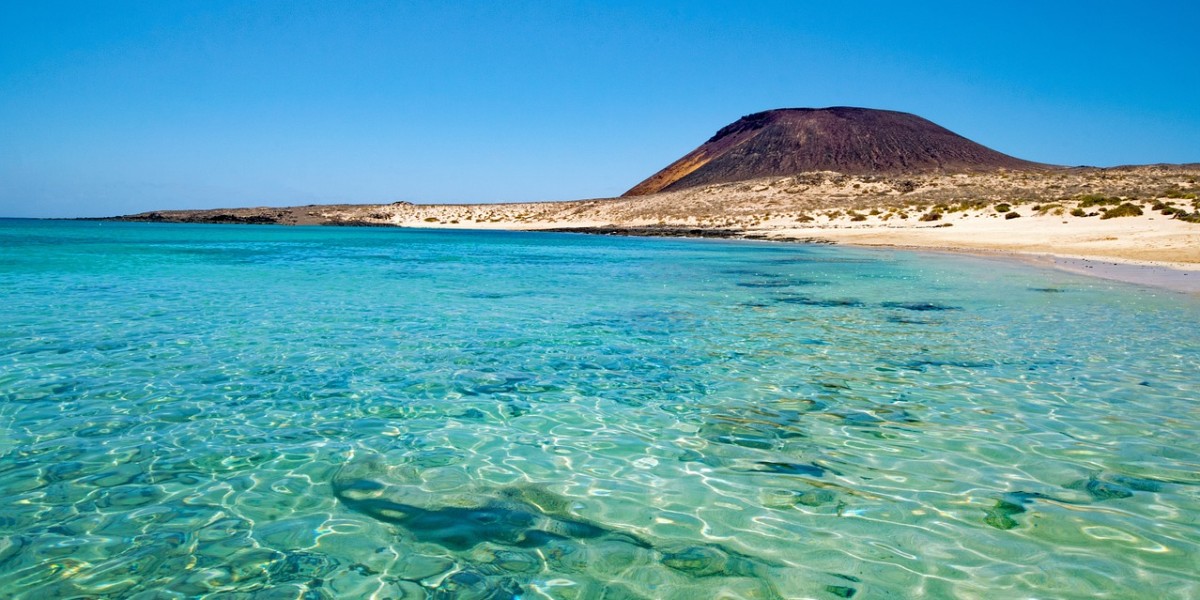
In the heart of the vast Atlantic Ocean lies a remarkable corner of Spanish territory where time appears to stand still and silence dominates the landscape. On this distinctive Canary Island, there is not a single paved road nor the hum of traffic, offering a rare and captivating charm that is hard to find elsewhere in Spain.
Where is La Graciosa?
La Graciosa is a unique island situated northwest of Lanzarote, within the Chinijo Archipelago, part of Spain’s Canary Islands. Separated from Lanzarote by the narrow El Río channel – just under a kilometre wide – it is the northernmost of the inhabited Canary Islands.
Thanks to its secluded location, La Graciosa remains a virtually untouched and uncrowded paradise. It is characterised by flat terrain and volcanic landscapes, featuring gentle hills and pristine sandy beaches. Covering an area of 29 km², the island is home to just over 700 residents, who live in its only two settlements: Caleta del Sebo and Pedro Barba.
On La Graciosa, the streets are made of dirt and sand – no paved roads or standard vehicle traffic exists. Getting around is done on foot, by bicycle or via authorised off-road vehicles used for public transport.
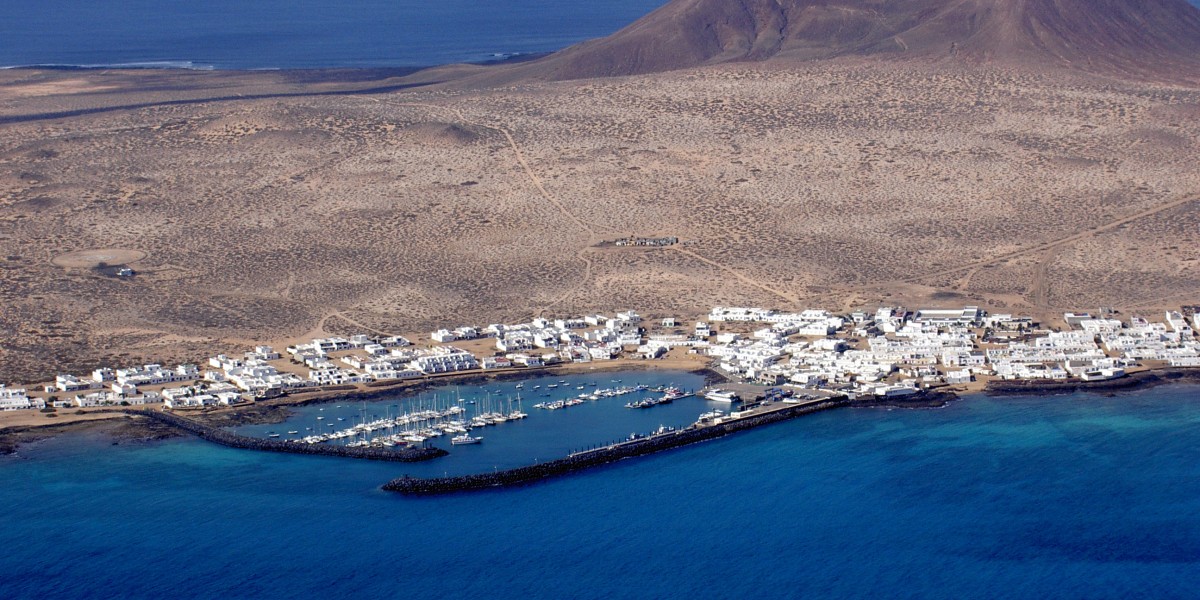
Can I take my car to La Graciosa?
You cannot take your car to La Graciosa. Access to the island is strictly regulated to preserve its natural environment. Ferries connecting to La Graciosa only carry passengers and luggage; private vehicles are forbidden.
What to see in La Graciosa
Visiting La Graciosa is an invitation to immerse yourself in a natural landscape of untouched beauty, where every corner offers a sense of authenticity and tranquillity. Here are the must-see spots not to miss during your stay.
- Las Conchas Beach: Considered one of the most spectacular beaches in the Canary Islands, it stands out for its wild surroundings and views of the neighbouring islets.
- Red Mountain: This small reddish volcano offers a stunning panoramic view of the island and the ocean.
- Caleta del Sebo: The main urban centre of La Graciosa is a picturesque fishing village with white houses, sandy streets and a peaceful atmosphere.
- La Francesa Beach: Located in the south of the island, it's famous for its tranquillity and crystal-clear waters. It's perfect for snorkelling or simply relaxing by the sea.
- Playa del Salado: Very close to Caleta del Sebo, it is ideal for families and those looking for a relaxing swim without straying too far from the main town.
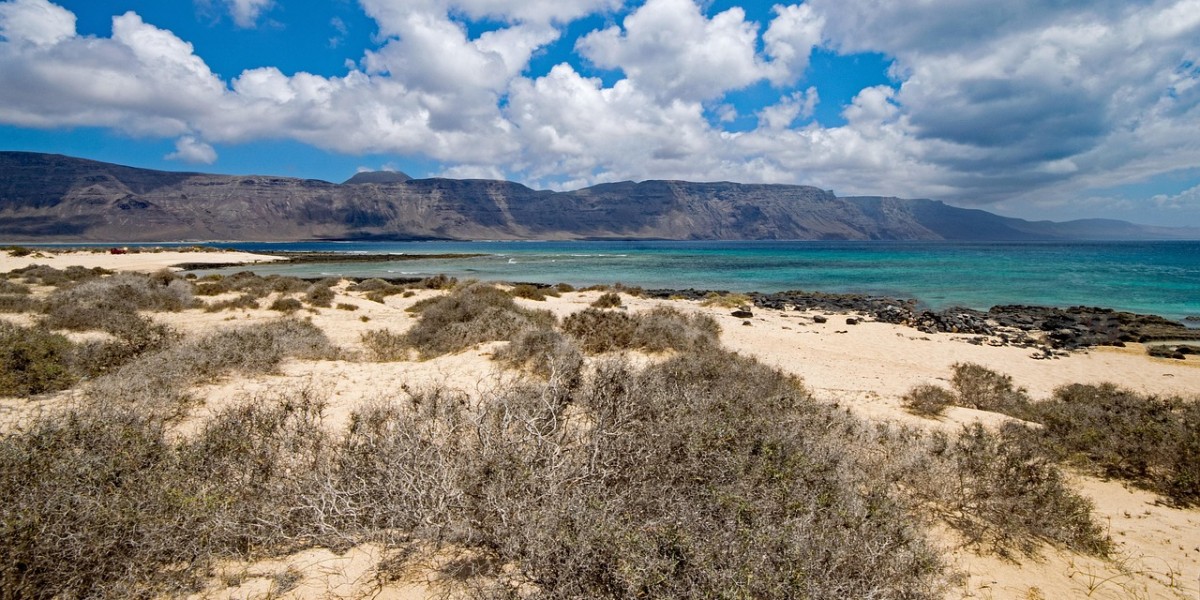
The Chinijo Archipelago
The Chinijo Archipelago is one of the Canary Islands’ most unspoilt and least-explored treasures. Situated to the north of Lanzarote, this group of islands and islets forms a vast marine reserve of immense ecological value – the largest in Europe.
La Graciosa is the only inhabited island in the archipelago, accompanied by the uninhabited islets of Montaña Clara, Alegranza, Roque del Este and Roque del Oeste. All are strictly protected for their natural significance and untouched beauty. The isolation of the Chinijo Archipelago is what makes it truly unique.
Exploring the Chinijo Archipelago means stepping into a world where marine and terrestrial biodiversity thrive in harmony. Its pristine waters and rugged landscapes are home to a wealth of endemic species and endangered seabirds, making it a true haven for nature enthusiasts and conservationists alike.
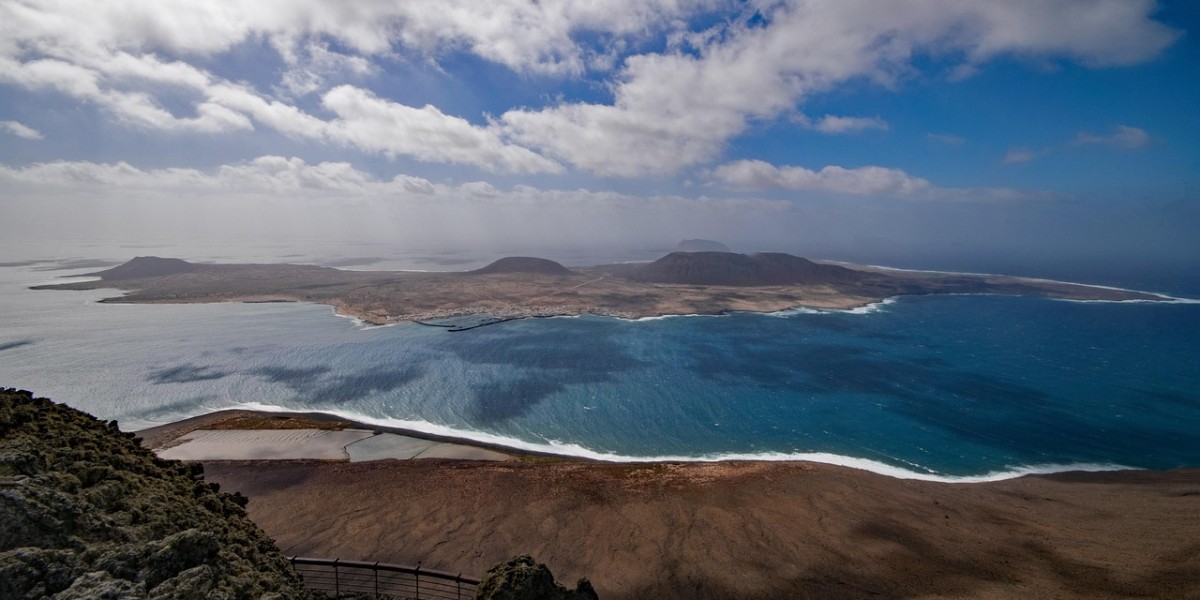
How to get to La Graciosa
Travelling to La Graciosa is an experience in itself, as access to this Canary Island is regulated to preserve its natural surroundings and peaceful atmosphere. Below are the key steps to get there.
- Getting to Lanzarote: The first step is to fly or arrive by boat. Lanzarote Airport (ACE) receives daily flights from Spain's mainland and other Canary Islands.
- Getting to Órzola: From anywhere in Lanzarote, you'll need to head to the port of Órzola. You can get there by rental car or by bus line 9 from Arrecife.
- Take the ferry to La Graciosa: Several ferry companies operate from the port of Órzola, connecting with Caleta del Sebo in 25-30 minutes and offering frequent departures throughout the day.
How to get around La Graciosa
With no paved roads or conventional vehicles, getting around La Graciosa is primarily done on foot or by bicycle. The island’s short distances and sandy tracks make it ideal for slow, scenic exploration and hiring a bike is one of the most popular and enjoyable options.
Alternatively, licensed off-road taxis operated by local companies provide transfers and guided tours. Although these services are limited and strictly regulated, they offer a practical solution for those wishing to reach more remote corners of the island without embarking on lengthy walks.
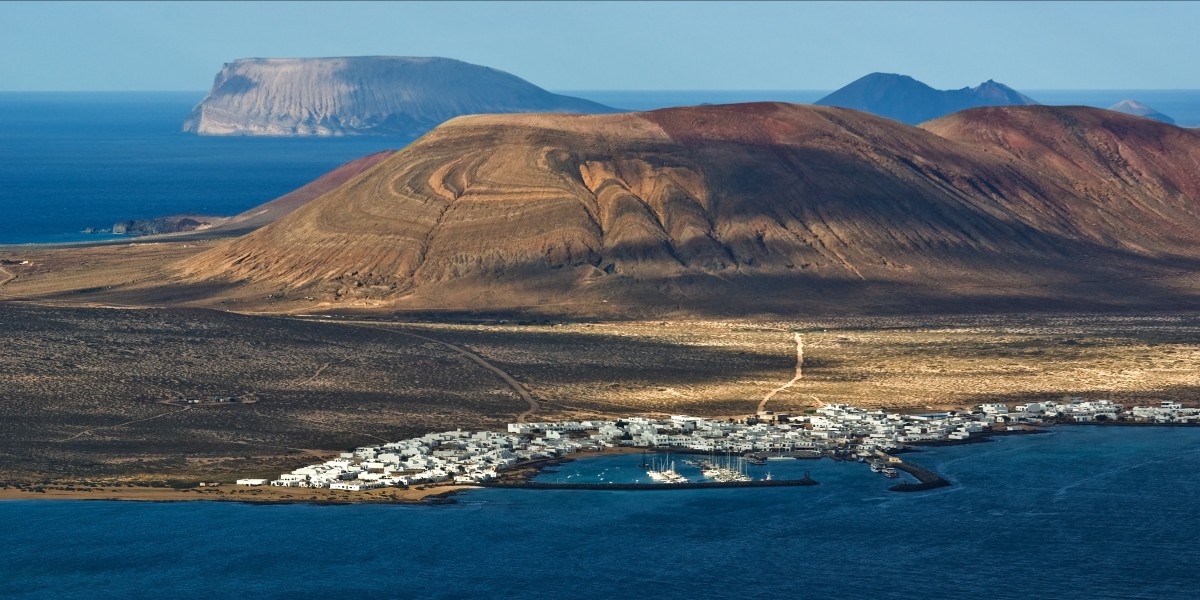
Living in La Graciosa
Imagining daily life on La Graciosa is to step into a world where calm and simplicity set the pace of each day. With no traffic or noise, residents move about on foot or by bicycle, enjoying a slower, more mindful way of life.
The local community, just over 700 people, resides primarily in Caleta del Sebo, the island’s social and economic hub. Life here centres around traditional fishing, sustainable tourism and small-scale commerce, all of which help preserve the island’s authentic, unspoilt character.

